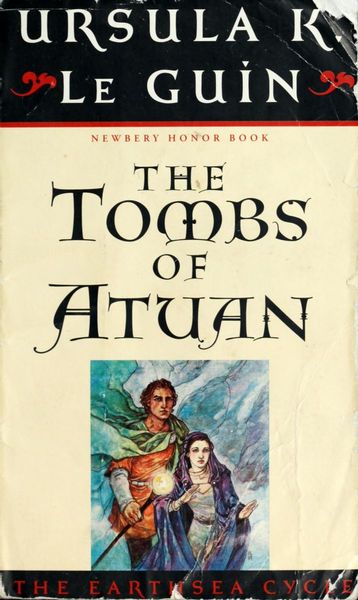
Reviews
Jesper Nellemann Jakobsen@bingocaller
Maria@nocturnes
alice@aliceinwords
Boothby@claraby
Yvette@yvette
taylor miles hopkins@bibette
Mudita@muditasis
Ryan LaFerney@ryantlaferney
andrea@adolin
Fatih Arslan@fatiharslan
A.L.L.@alice_is_alces
Fraser Simons@frasersimons
Ken Yuen@kyuenrobo
Rjyan C Kidwell@secswell
Sarah Ryan@sarahryan
Bryony Trump@bookwormbry
Simon Elliott Stegall@sim_steg
Nickie Mohler@hazelreads1
Eva@evamaren
Daryl Houston@dllh
Rob Brogan@rob
Harshita@harshitaaa
Aditi Dankar@aditidankar
Katja Evertz@KatjaEvertz
Highlights
Jiji@notparanoid
Page 195
loisesya@lois
Page 269
taylor miles hopkins@bibette
Page 172
Aske Dørge@aske